Wingspan. Condors are large birds and can easily bridge the gap between the divided power lines. Pigeons, Crows, etc, are tiny. The only way to get shocked is by completing a circuit after all.
Which is why that article has a spread its wings pun in the title California Condor Recovery Program Spreads Its Wings.
From another article:
The California condor is big. In fact, it's the largest flying bird in North America with a wingspan of 9 1/2 feet.
Michael Mace, curator of birds for the San Diego Zoo Safari Park, tells NPR's Arun Rath that the condor "is like the 747 compared to a Cessna if you look at it proportionally with other species like eagles and turkey vultures."
Mace works in a condor power line aversion training program at the zoo. It was developed to address the condors' unfortunate run-ins with power lines.
"When they're flying, there's no reason to look forward because they're scanning the earth looking for carrion," Mace explains.
Because the birds have no reason to look forward, they fly into power lines and risk electrocution. On top of that, when the condors are looking for a place to sleep, they land on power poles and structures, and get electrocuted there too.
Their large size makes them more vulnerable to electrocution than smaller birds, because they're more likely to touch two lines at once. (Touching just one wire is safe, which is why many birds land on power lines without consequence).
Since replacing power lines with a larger spacing between wires is completely impractical and unfeasible, a system of training animals with aversion therapy was devised. Humans are trained the same with constant warnings not to touch live power cables, and training for power line workers.

